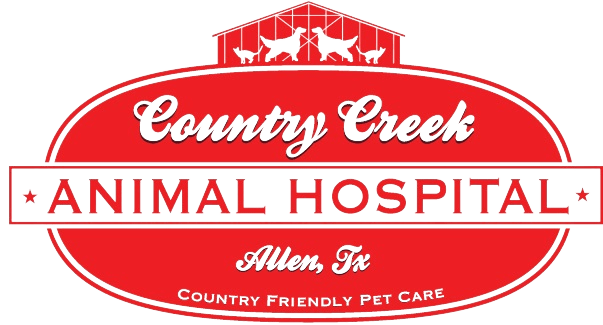
Gastrointestinal Obstruction
It’s no surprise that pets chew on and swallow things that they shouldn’t, and we can’t always watch their every move. While some foreign objects are small enough to naturally pass, others can get stuck and cause problems. Toxic items, such as lead, can also pose a serious threat. Gastrointestinal obstruction is the most common surgical emergency in veterinary medicine, and is seen primarily in younger dogs.
Several items are particularly known for getting tangled and blocking a pet’s intestinal tract, including string, ribbon, socks, underwear, and rocks. Keeping these items out of a pet’s reach, combined with close monitoring, can prevent your pet from suffering an obstruction.
Symptoms Of A Foreign Body Impeding Gastrointestinal Tract:
- Abdominal pain.
- Abdominal swelling.
- Bloating.
- Dehydration.
- Diarrhea.
- Excessive drooling.
- Lethargy.
- Loss of appetite.
- Weight loss.
- Vomiting.
Identifying Foreign Bodies
Our veterinarian can typically detect most foreign bodies with an X-ray. If the item swallowed was translucent, a contrast esophagoscopy (test utilizing biocompatible dye to show transparent articles) will need to be performed in order to determine where the item is located.
How Do You Remove Obstructions From The Stomach And Intestines?
If foreign bodies are present in the stomach or intestine and cannot pass naturally, they need to be removed; articles can either be removed through endoscopy or surgery. If the item is small enough to grasp and remove without surgery, the veterinarian will sedate the canine and use an endoscope and forceps to find and remove the foreign body through the esophagus and out of the mouth. For larger articles, surgery via gastrotomy is necessary. During gastrotomy, a pet is sedated under general anesthesia so they remain completely unaware of the procedure. A small incision is then made in the stomach, which allows the veterinarian to locate the object within and remove it. Gastrotomy is a very safe surgery and does not disrupt surrounding organs.
If your pet is exhibiting symptoms of having a foreign body in the gastrointestinal tract, or you have witnessed them swallow an object, please contact our office immediately. Removing the article is very important.

